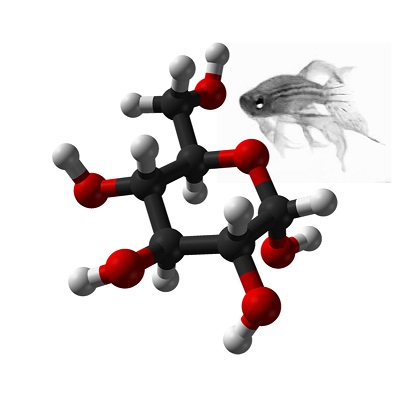Hartman, Stephen E, Paul Bertone, Anjali K Nath, Thomas E Royce, Mark Gerstein, Sherman Weissman, and Michael Snyder. 2005. “Global Changes in STAT Target Selection and Transcription Regulation Upon Interferon Treatments”. Genes Dev 19 (24): 2953-68.
Abstract
The STAT (signal transducer and activator of transcription) proteins play a crucial role in the regulation of gene expression, but their targets and the manner in which they select them remain largely unknown. Using chromatin immunoprecipitation and DNA microarray analysis (ChIP-chip), we have identified the regions of human chromosome 22 bound by STAT1 and STAT2 in interferon-treated cells. Analysis of the genomic loci proximal to these binding sites introduced new candidate STAT1 and STAT2 target genes, several of which are affiliated with proliferation and apoptosis. The genes on chromosome 22 that exhibited interferon-induced up- or down-regulated expression were determined and correlated with the STAT-binding site information, revealing the potential regulatory effects of STAT1 and STAT2 on their target genes. Importantly, the comparison of STAT1-binding sites upon interferon (IFN)-gamma and IFN-alpha treatments revealed dramatic changes in binding locations between the two treatments. The IFN-alpha induction revealed nonconserved STAT1 occupancy at IFN-gamma-induced sites, as well as novel sites of STAT1 binding not evident in IFN-gamma-treated cells. Many of these correlated with binding by STAT2, but others were STAT2 independent, suggesting that multiple mechanisms direct STAT1 binding to its targets under different activation conditions. Overall, our results reveal a wealth of new information regarding IFN/STAT-binding targets and also fundamental insights into mechanisms of regulation of gene expression in different cell states.
Last updated on 03/22/2023
